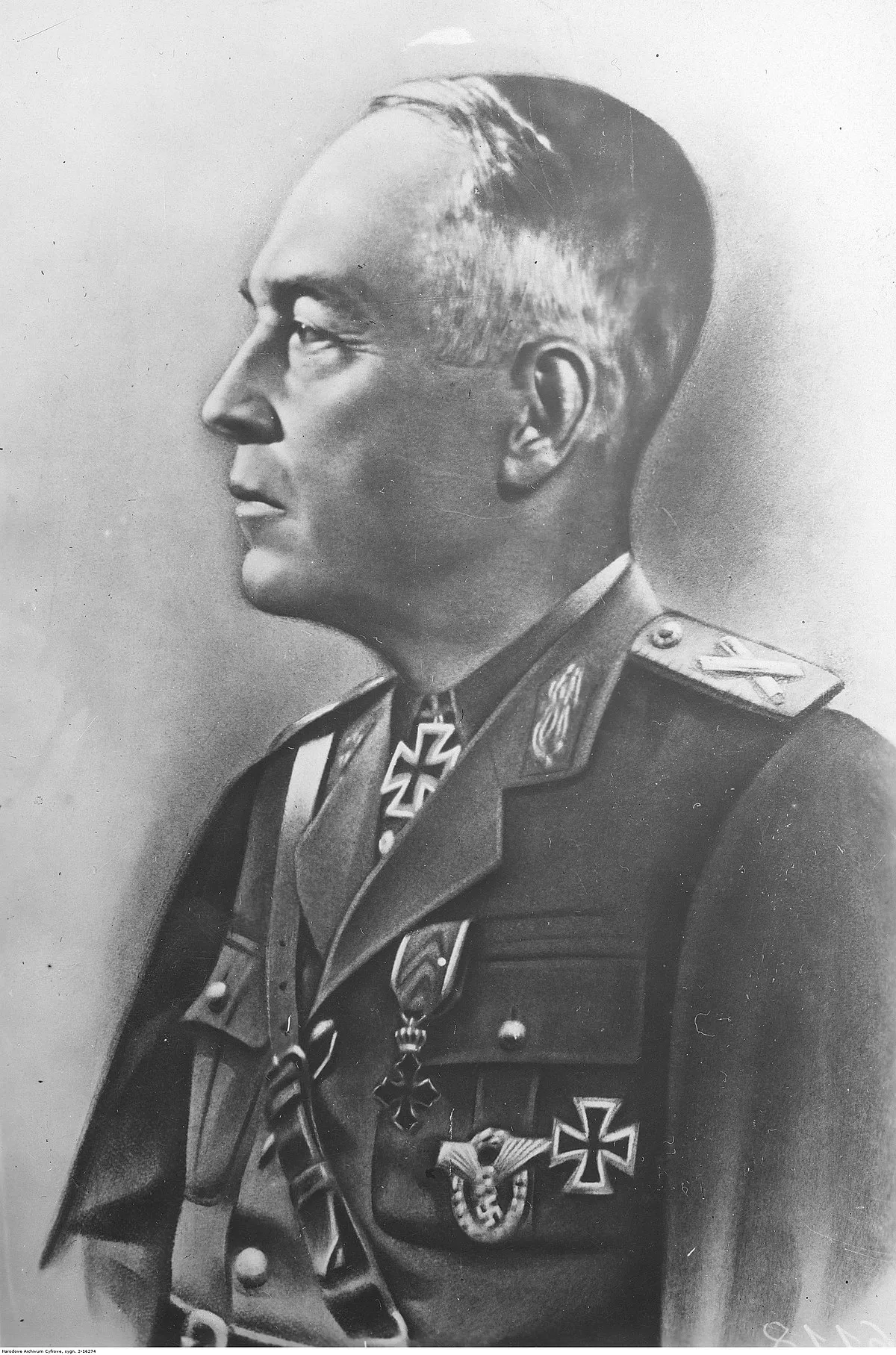 1.
1. Ion Antonescu was a military attache to France and later Chief of the General Staff, briefly serving as Defence Minister in the National Christian cabinet of Octavian Goga as well as the subsequent First Cristea cabinet, in which he served as Air and Marine Minister.